There are many New Year customs, perhaps less spectacular than Christmas, but just as meaningful. The transition into the new year is cause for celebration all over the world and the customs are linked to people's desire to leave their disappointments, failures, and wrongs behind and start the new year with the hope that everything will be better, more beautiful, more enriching. And to make sure it does, they have all sorts of rituals, old and new. Let's look at some of them.
We start with Netherlands, because here the custom is also linked to wood. On New Year's Eve, outside, in the open air, sometimes even in the streets, piles of Christmas trees are piled up and set on fire. Fire is considered purifying, cleansing the past to welcome the new year. A newer tradition is to build a huge pile of pallets on the beach at Scheveningen on December 29 and set it on fire.
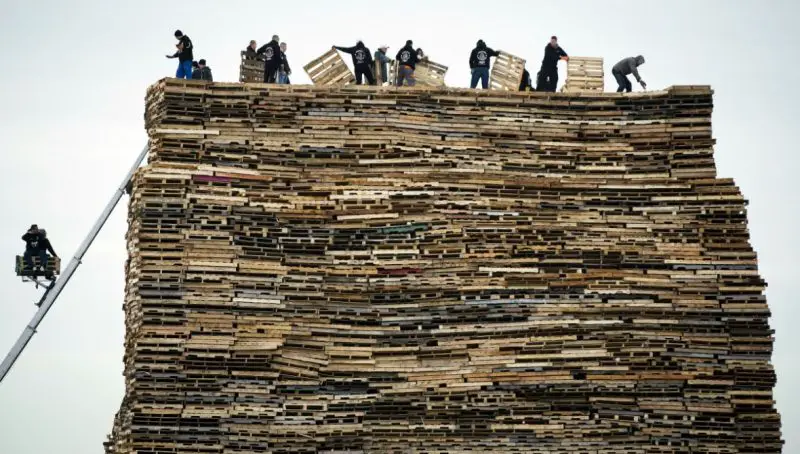
In Scotlandmen in kilts spin purifying balls of fire. The custom is called Hogmanay. Also here (and in England) it is said that it is good that the first to enter your house in the New Year is a man with black hair. He must bring salt, coal and bread so that in the New Year everyone will have food (bread), money (salt) and warmth (coal).
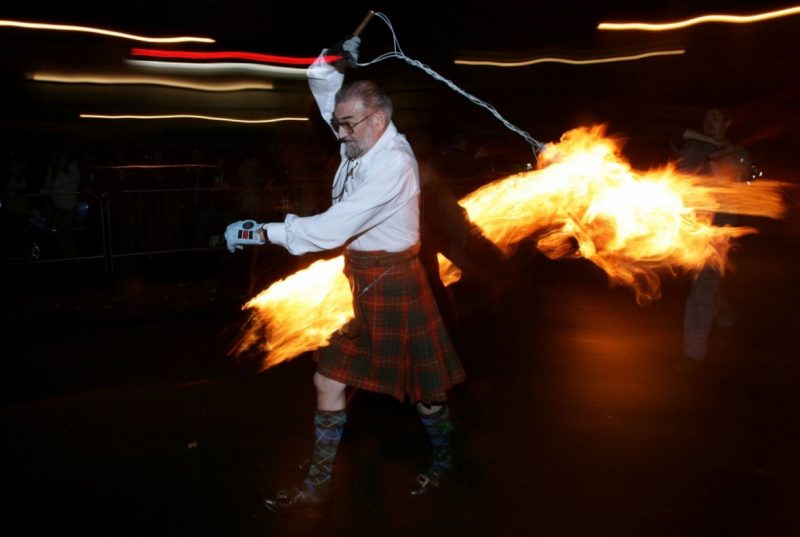
In Germany is the custom of pouring molten lead into the water and depending on the shapes it takes, you can tell whether it will be a good year or a bad one. If the lead forms a ball, a sphere, then it is a sign of good luck all year round.
In Spain it is good to eat 12 grapes at midnight, one for each month of the year. That's how Spaniards ensure 12 months of happiness.
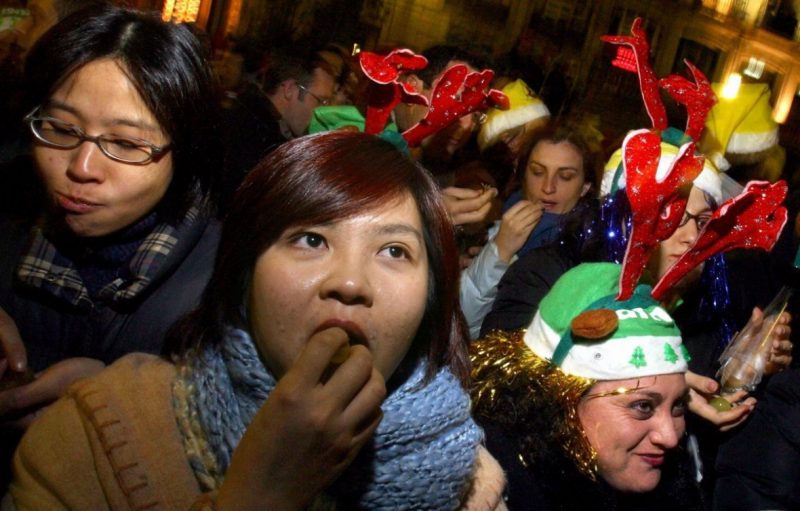
In GreeceAfter midnight, it is customary to cut Vasilopita. Vasilopita, or St. Basil's bread, is a homemade loaf in which a silver or gold coin is placed before baking. The bread is cut in equal parts, one piece for each person at the table, plus a piece considered to belong to the house. Whoever finds the penny will be lucky all year. If the penny is found as the bread is being cut (in the way of the knife) then the luck stays in the house. It is a custom that I keep every year and I can tell you that it is a lot of fun, especially for children.
In Japan The celebration between the years is very important as a symbol of renewal. Bonenkai - farewell parties to say goodbye to the problems and worries of the past year and to prepare for the new year - are organized as early as the beginning of December. Misunderstandings and upsets are forgotten and houses are cleaned. At midnight on December 31, Buddhist temples strike the gongs 108 times to remove 108 human weaknesses. The first day is a day of joy when you don't have to work. Children receive small gifts with money in them (otoshidamas). It is customary to send postcards with good wishes, and if they are postmarked by a certain date, the post guarantees delivery on January 1st.
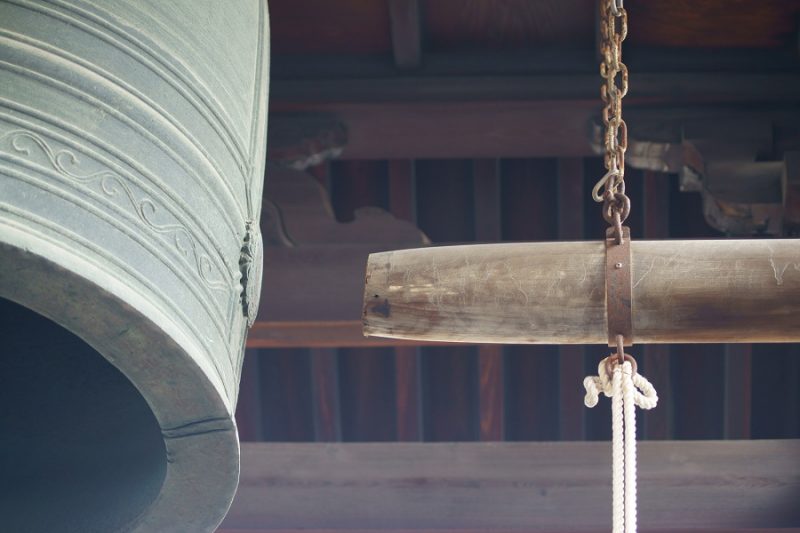
In Ecuador it is customary for people to make scarecrow costumes out of newspapers and pieces of wood which they then burn at midnight. This is how they destroy all the evil of the old year and scare away any bad luck that still lurks. In this way, homes can be filled with good luck and happiness in the new year.
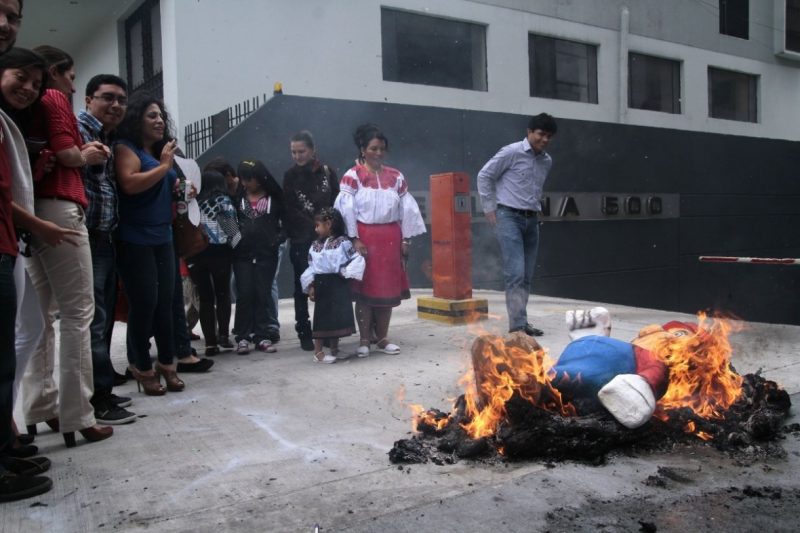
In Estonia it is customary to eat 7, 9 or even 12 meals on New Year's Eve. This is said to gain the strength of several men. For example, eating 7 meals will give you the strength of 7 men. The meals are not eaten in total, but each time food and drink is also left for the ancestors, who come to visit the houses on New Year's Eve.
Probably the most famous tradition in USA is the descent of the ball in Times Square, New York, at 23:59. Thousands of people gather in the square to watch the ball descend for one minute, to reach the bottom at midnight. The tradition began in 1907, when the ball was made of wood and iron. Also in the US there is a custom of eating peas on New Year's Eve for good luck in the coming year.
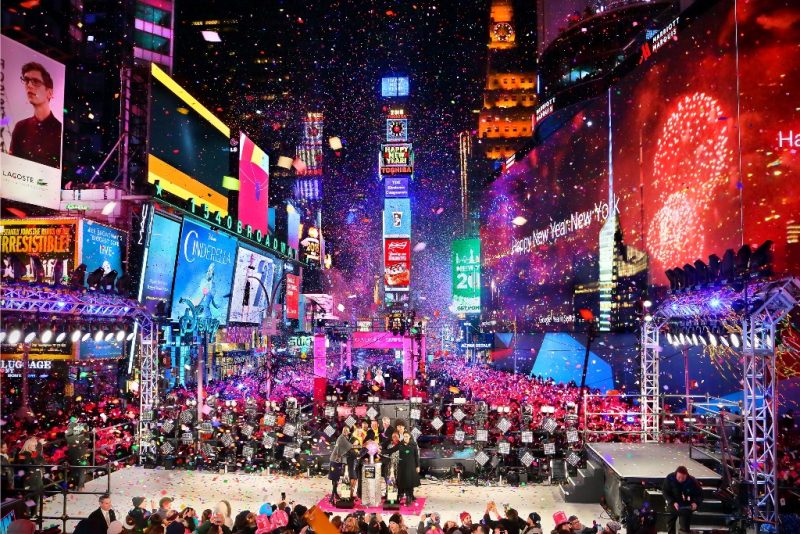
In Romania there are many customs and traditions on New Year's Eve. We have customs from pre-Christian times, with young masked men walking the streets to scare away evil spirits. They also walk with goats, deer and bears, but also with plows. I remember I used to love the countryside at this time of year. On New Year's Eve, the boys would come with their little plows to wish for prosperity, health and well-being. Between strophes they rang bells and cracked the whip to drive away evil spirits. Everybody welcomed them and gave them pretzels, sponge cakes, nuts and apples, which they put in woven baskets sewn with folk motifs. Early in the morning, my grandmother would wake me up because "the lads with the big plow" were coming. I used to sit in the warmth of the house and look out of the window at the young men on horseback, dressed in folk costume, who came with their plows to pull a furrow in the yard of each farmer, so that they would have plenty of food all year round. They were so beautiful, those young men with their horses adorned with fringes of crepe paper. They'd pull the horses by their hind legs. It was so beautiful. It's a great pity these customs have been lost.
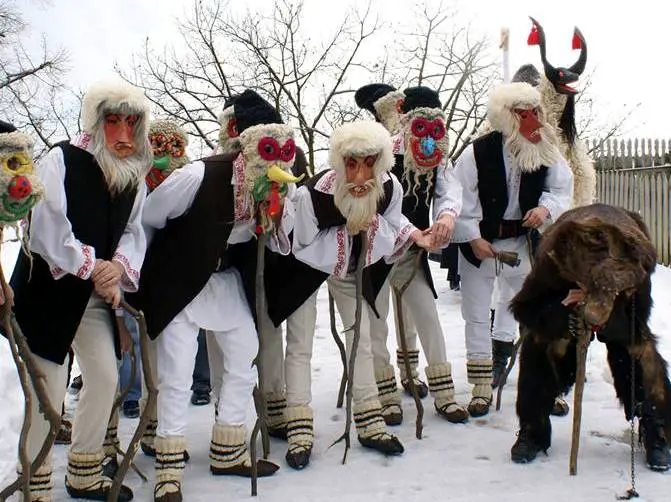
I hope New Year's Eve finds you with your loved ones, peaceful, healthy and happy. And don't forget to wear something red and have money in your pockets or in your bosom at midnight. Happy New Year!





























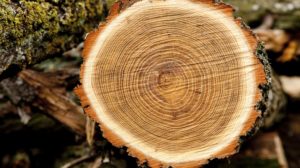




Add comment